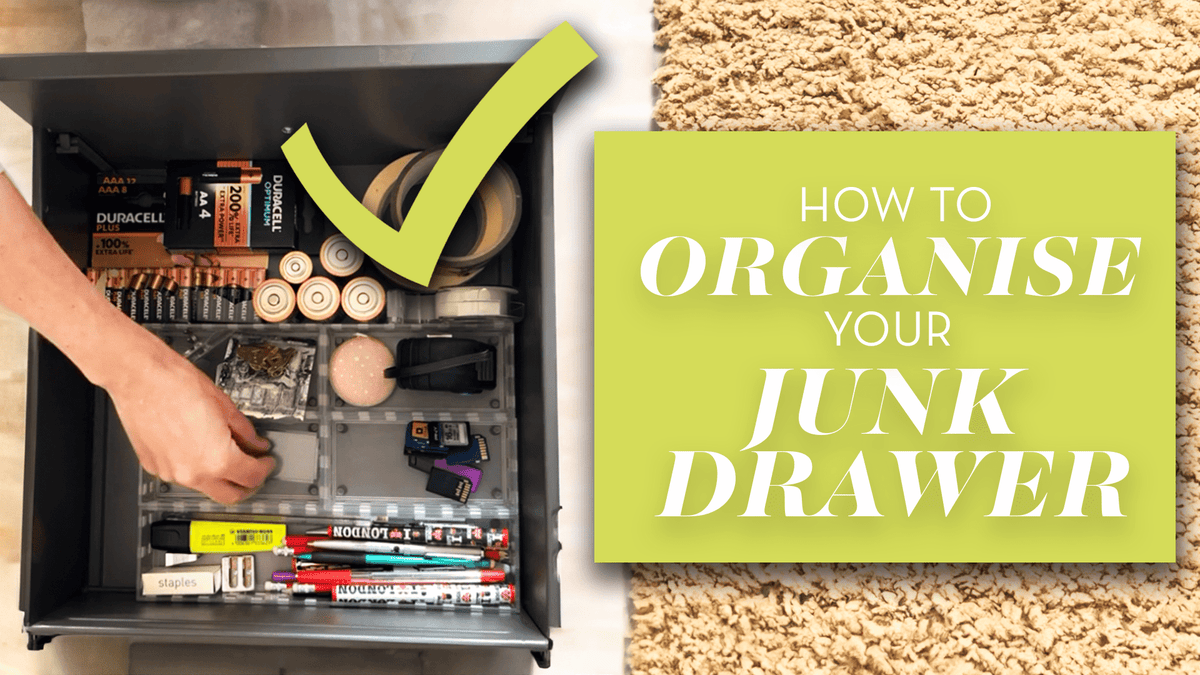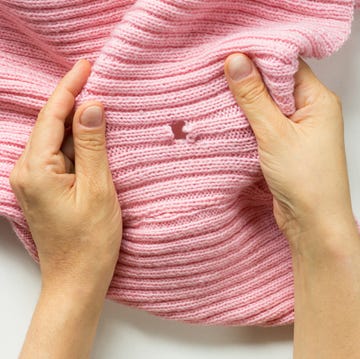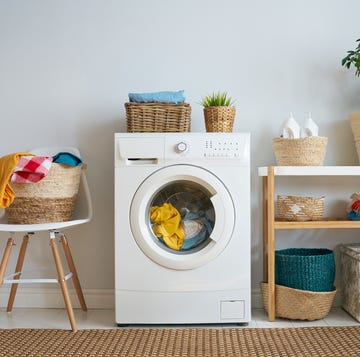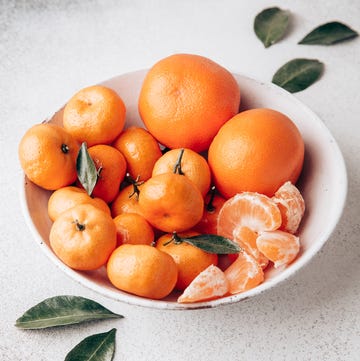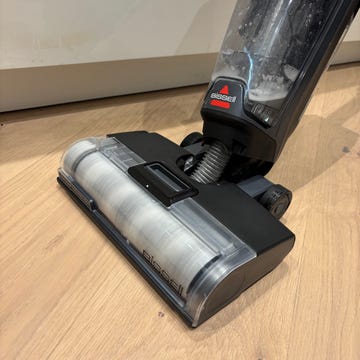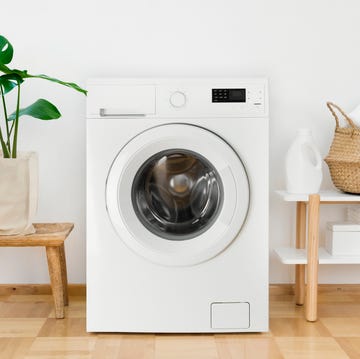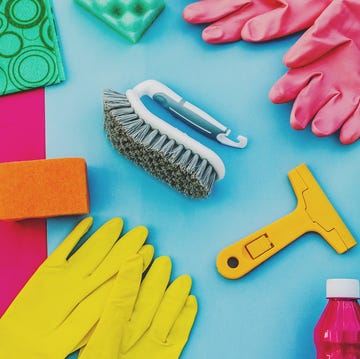Whether you've opted for sleek stainless steel surfaces in your kitchen, a shiny sink in the bathroom or even just own a few stainless steel utensils, you probably have more of this metal in your home than you realise.
But, as anyone who finds themselves with a tea-stained spoon or surface covered in spills will know, it can be difficult to figure out the best way to clean stainless steel without damaging it. In fact, research by End of Tenancy Cleaning found nearly 19,000 of us are Googling how to clean stainless steel each month!
The good news is, it's easier than you think. As a rule of thumb, use gentle cleaners and minimal force, as more abrasive cleaners can damage steel surfaces easily. Here's our expert guide to cleaning household objects that are commonly made from steel...
Sinks
Wipe with a damp cloth and washing-up liquid solution or an anti-bacterial spray. If a more thorough clean is needed, use a neat multi-purpose cleaner, like the Method All Purpose Surface Cleaner Lavender. Rinse and dry.
If you live in a hard water area, use a limescale cleaner once a week. The Viakal Limescale Remover Spray is a GHI favourite.
Hobs
Spray a solution of white vinegar – you can refill an old trigger spray bottle once it's been thoroughly rinsed – on to a stainless-steel hob and let it work on the grease for a few minutes before wiping the gunk away with a sponge.
If you’re battling with a protein-based food spill (such as milk or egg) on a stainless-steel hob, dip a piece of kitchen towel or an old cloth into a solution of biological laundry detergent and lay this on the stain. The enzymes in the detergent will help to break it down.
Lift, then use a sponge to loosen the deposit, repeating if necessary. Always remember to allow your hob to cool fully before cleaning it.
Surfaces
To clean stainless steel surfaces, wash with a solution of washing up liquid and dry with a soft cloth. Don’t use any abrasive cream cleaners.
If you just want to remove finger marks, put a dab of baby oil or rinse aid on a clean cloth and rub the whole surface.
Appliances
- Kettles: clean the exterior of metal kettles with soapy water and buff with a microfibre cloth.
- Toasters and sandwich makers: turn off and unplug the appliance, before wiping down with a damp cloth while it's still slightly warm to remove any crumbs, oily residue and recently spilt ingredients before they solidify. Take a kitchen sponge and a small amount of warm, soapy water and firmly wipe the surface again, gently rubbing at hard-to-budge food residue.
- Fridges and freezers: don’t overlook areas outside the fridge such as the handle and door surround, where germs can build up through frequent contact with hands. If you have a fridge-freezer with the freezer at the bottom, use the crevice nozzle of your vacuum cleaner to remove food crumbs that have collected in the folds of the freezer door seal. Alternatively, use a stiff washing up brush to dislodge them. Run the corner of a linen or cotton tea towel dipped in Milton Sterilising Fluid along the folds for a hygienic clean and use a fresh corner of the towel to dry the door seal afterwards.
Pans
- For stuck-on stains, allow the pan to cool, then fill with water and add a dishwasher tablet or 1tbsp biological washing powder (biological detergent has enzymes that are specifically designed to tackle food-based stains).
- Put the pan back on the hob and bring to the boil.
- Leave to simmer for around 10min, and the burnt bits will simply lift away, leaving your pan as good as new.
- Repeat as necessary, then wash thoroughly as normal. You can also use this method for hob-safe roasting tins, too.
Cutlery
Remove stains by rubbing with a cloth soaked in vinegar or lemon juice, then rinse thoroughly.
Stainless-steel knives are more prone to corroding than stainless-steel forks or spoons. This is because in order to achieve a lasting, sharp edge, the steel used in the knife blade must be much harder than that used for other cutlery. This results in it having reduced resistance to corroding. To keep your chopping knives in tip-top condition, don't leave them immersed in water for long periods and always hand wash, then dry them thoroughly with a tea towel.
GHI TIP: Polish stainless steel cutlery occasionally with a proprietary stainless-steel cleaner to maintain a mirror-like finish. Wash thoroughly after polishing.
Bin
If the outside of your bin is matt brushed stainless steel, we recommend you clean it with a microfibre cloth such as an e-cloth and a glass cleaner.
Like this article? Sign up to our newsletter to get more articles like this delivered straight to your inbox.










